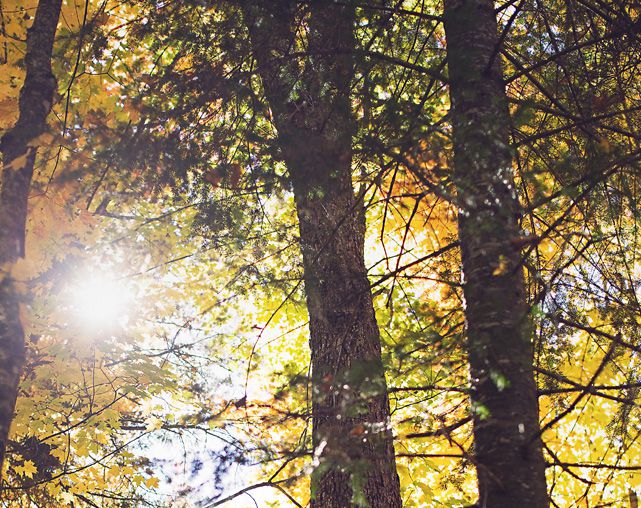There are many reasons why homeowners may want to prune their trees, including aesthetics, to keep the layout of the property clean and organized; for safety reasons, removing branches too close to power lines, windows or the roof; or simply for the health of the tree.
You should consider hiring a professional to trim the trees on your property. However, although it is important to know your limitations and act safely, you may also be able to trim your trees yourself. Here are the steps involved in basic pruning.
1- Identify the main branches that need to be pruned
The main branches are those that define the tree’s structure. Unless there is serious damage, these branches should not normally be removed as they are essential to the tree’s well-being.
Similarly, we strongly suggest refraining from removing any branches until after the tree’s rapid growth period. It is best to wait until the end of the fall to trim your trees.
2- Remove any branches damaged by the elements
Branches damaged by snow, storms or strong winds should be removed. Pruning shears work well for cutting small branches, whereas a saw may be needed for larger branches. The size of the tool will depend on the size of the branch. When you cut a branch, it is important to leave a few inches at the base to allow the tree to heal the wound.
3- Thin out any dense patches
Branches need air flow for healthy growth. Foliage that is too dense makes the tree vulnerable to fungus capable of compromising its health.
We therefore recommend thinning out any dense patches. To do this, remove any branches growing toward the centre of the tree, cutting diagonally to allow more space for the branches growing outward.
4- Prune the tree to give it a more attractive shape
Once the damaged branches have been removed and the dense patches thinned out, the remaining branches can be pruned simply for aesthetic reasons. Just remember to use a light hand! You should never remove more than a quarter of a tree’s crown in a single season. Nevertheless, small branches that stick out or that are growing in the wrong direction can be removed. We do not recommend fighting against the tree’s natural shape; it is always better to adjust the shape than to try to work against the tree’s innate tendencies.
And, above all, safety first!
